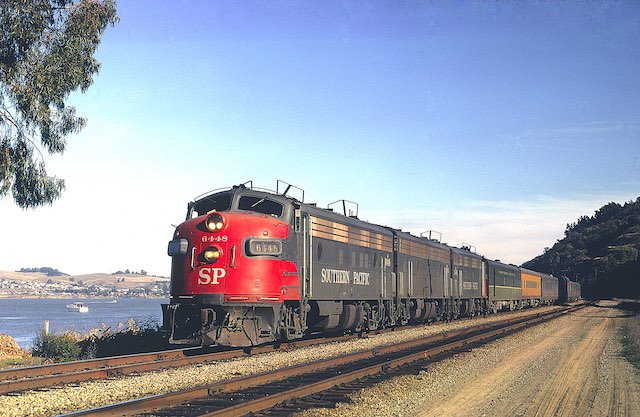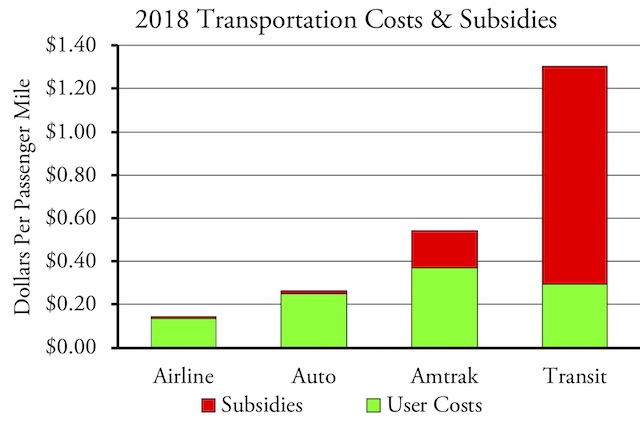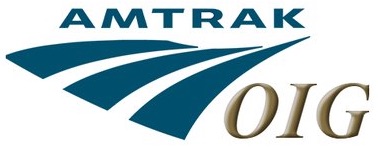Amtrak is maintaining the twin fictions that subsidies from state taxpayers are “passenger revenues” and that depreciation isn’t a real cost even though its accountants list it as an operating cost on its consolidated financial statements. Based on these fictions, Amtrak claimed that it was “on track to break even financially for the first time in its history” in 2020.
The pandemic derailed that fantasy, so now Amtrak claims that it lost $801 million in fiscal year 2020 (which for Amtrak ended on September 30). Yet a close look at its unaudited end-of-year report reveals that the actual operating losses were well over $2 billion.
The end-of-year report says that Amtrak received $342 million in state operating subsidies, up $110 million from 2019. It counts these as passenger revenues even though most of the passengers on state-supported trains would never have ridden those trains if they were asked to pay the full fares. Continue reading










